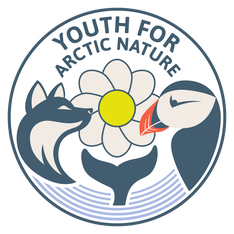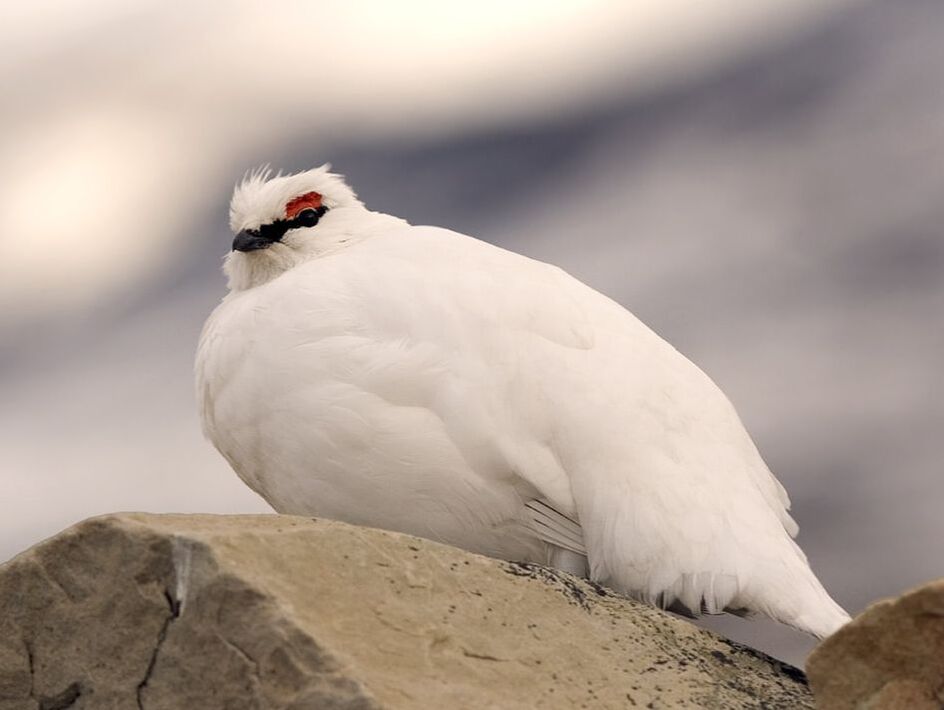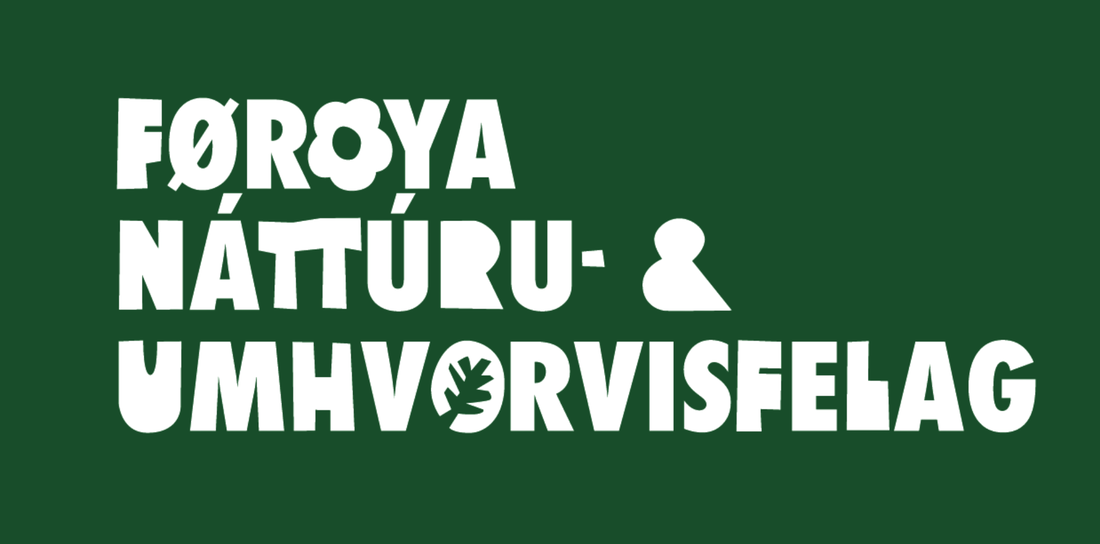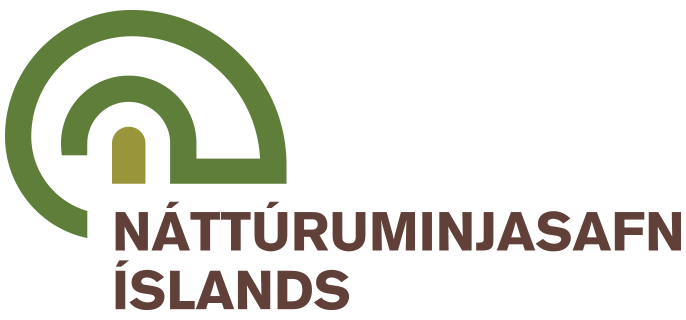The following is a near-complete list of native bird families found in the East Atlantic Arctic. They are classified by types that we chose to separate the large quantity of different bird species in the Arctic. For each type, three examples of families or species are given. Inside theses types, bird species are classified by order and family, which are genetic groups that highlight a common ancestor. Family describes a closer genetic closeness than order. Click on a type to learn more.
- Most arctic birds are migratory, and come to the Arctic or Subarctic in the summer to breed. These birds go on to winter all over the world, some even reaching the Antarctic. This means that the study and protection of birds in the Arctic has consequences for bird populations and their ecosystems everywhere.
- Climate change is changing the migration patterns of Arctic birds: for example, when, where, or how many individuals.
- Because of climate change and human introduction, new bird species are colonizing the Arctic and Subarctic (for example the starling and blackbird in Iceland). Although these species are not necessarily invasive, it is important to monitor their population and effects on the native ecosystem.
- Many species of birds are culturally, symbolically, and spiritually important for Arctic indigenous populations. Their migration marks the passage of seasons, and changes in these patterns can be seen as a cultural loss.
- Although the diversity of birds in the Arctic is relatively low (200 species, or about 2% of global bird diversity), the diversity of water birds such as ducks and geese, and of waders such as sandpipers or plovers, is much higher than elsewhere.
- Research which birds are present where you live
- Are they present year-round or just during specific seasons?
- Which habitat do they prefer? Where do they build their nests?
- Towns and parks
- Shores and beaches
- Ocean and islands
- Forests
- Lakes and ponds
- Rivers
- Cliffs and canyons
- Shrublands and heaths
- Tundra and meadows
- Rocks and mountains
- What do they eat?
- How is climate change affecting them in the arctic?
- When you see a wild bird, note down
- The species
- The number of individuals
- The date
- The time
- The weather
- Is there a lot of wind?
- Is it raining? Snowing?
- What is the temperature?
- How much cloud cover is there in percentage, approximately? (0% = no clouds, 100% = sky is entirely covered)
- The location using an app on your phone
- Any comments, like if you could tell the sex, if it was young, injured, etc...
- Do not disturb nesting birds! Don't approach them too closely and be careful not to step on eggs.
Pictures
- "Zeearend (White-tailed Eagle) 001260" by BZD1 is licensed under CC BY-NC-ND 2.0
- "File:Svalbard rock ptarmigan svalbardrype pho w 5266.jpg" by Per Harald Olsen (Perhols) is licensed under CC BY 2.5
References
- Ganter, B., Gaston, A. J., Anker-Nilssen, T., Blancher, P., Gavrilo, M. V., Gilchrist, G., Mustonen, T., & Petersen, A. (2013). Arctic Biodiversity Assessment 2013: Chapter 4, Birds. https://www.caff.is/assessment-series/209-arctic-biodiversity-assessment-2013-chapter-4-birds
























